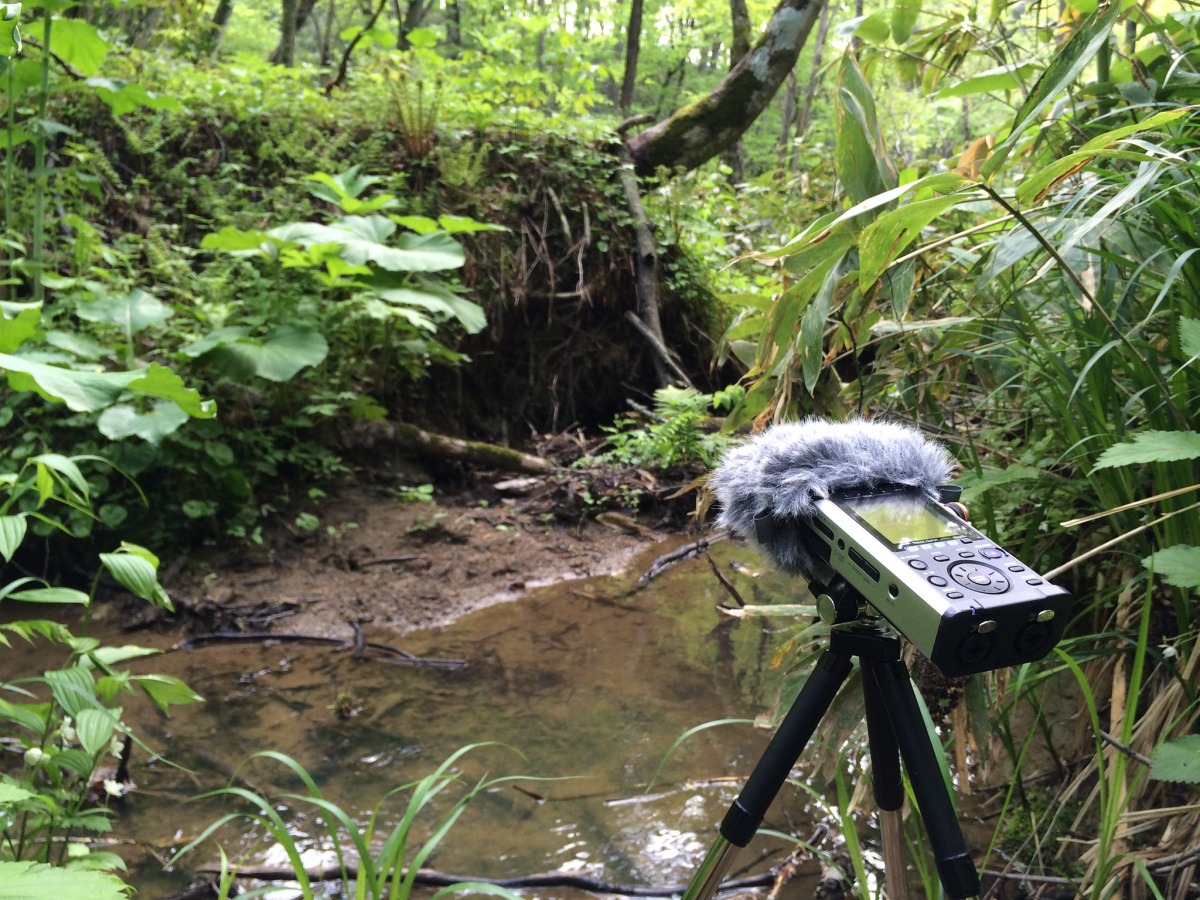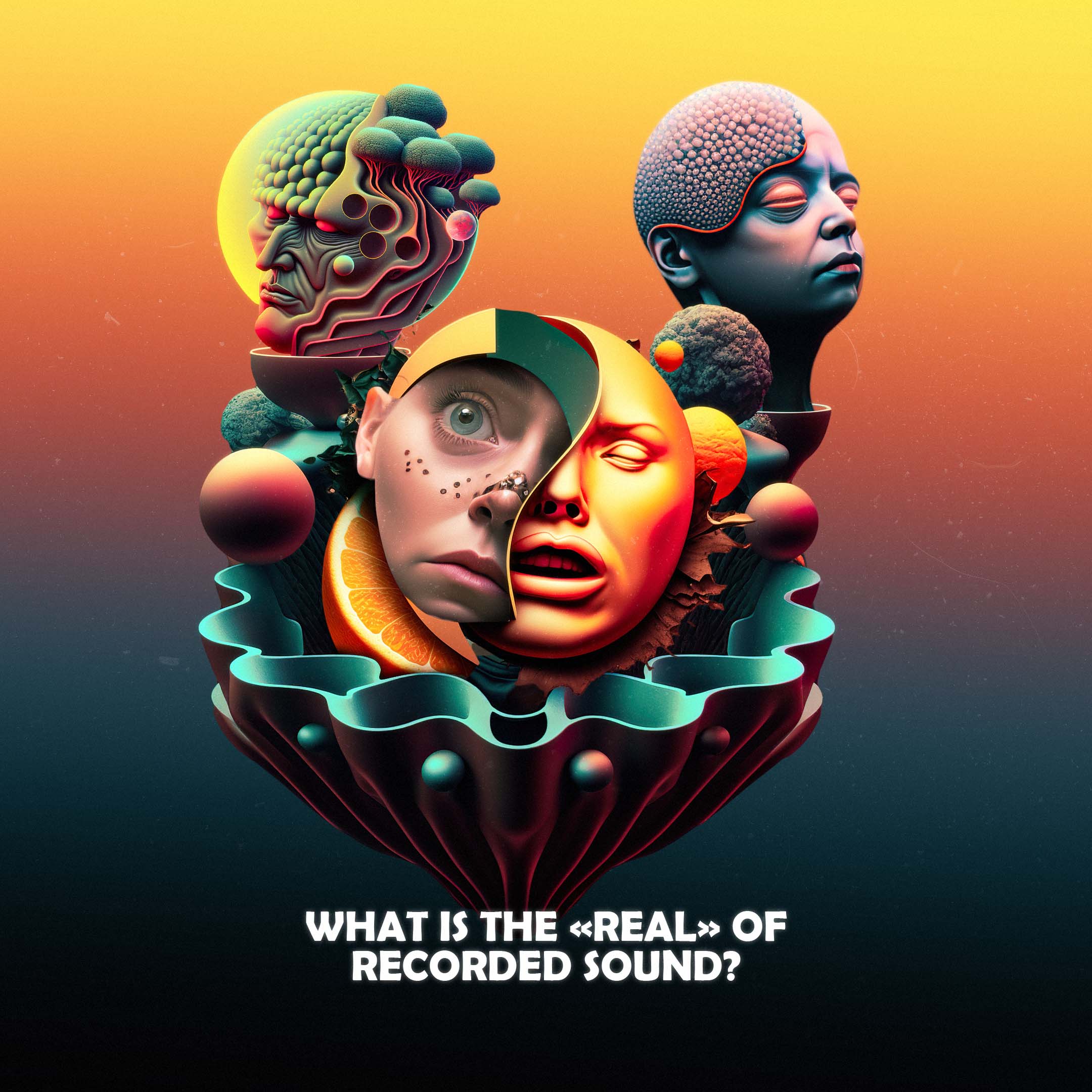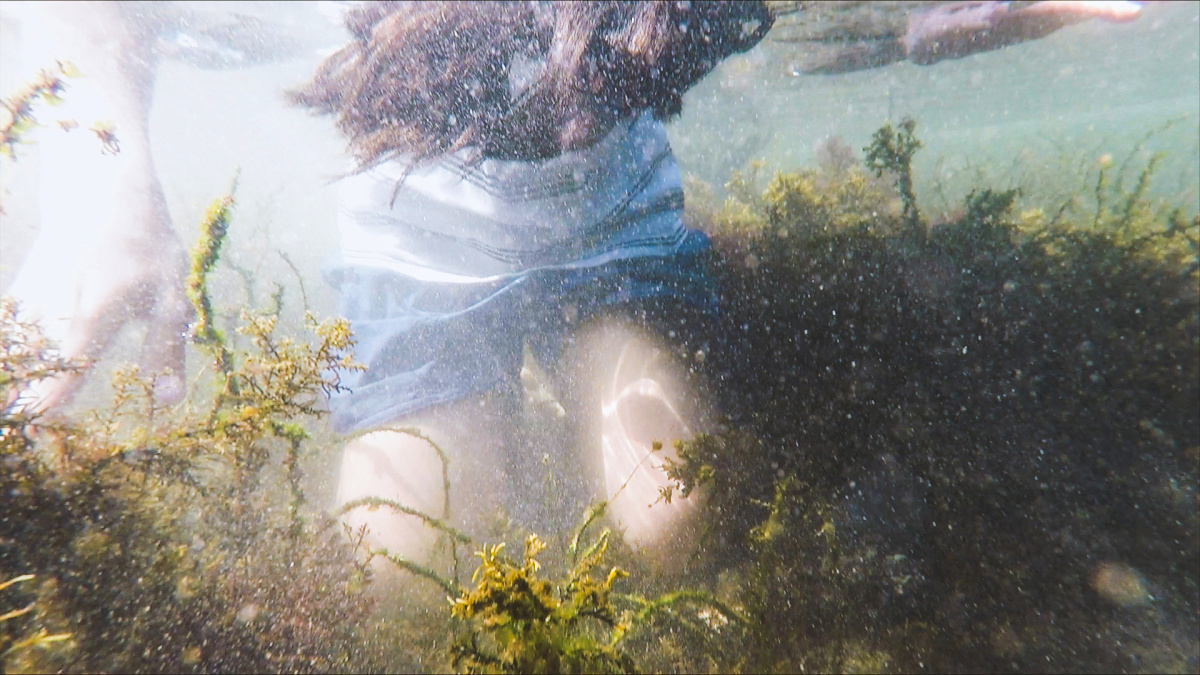
Re-Animating Things With Sound
What is real in recorded reality? While listening to the music of Lucie Páchová and Paweł Kułczyński, our author speculates on their use of field recordings of seemingly natural sound sources.
What I find fascinating about sound is its ability to create its own worlds while at the same time referencing the outside world: so-called reality. Pieces made with field recordings often blur this boundary. Listening to them invites questions like: what is the «real» of recorded sound and the act of listening in itself? How can we be sure that what we are listening to is real? We can’t, and that’s a good thing. After all, these questions are a variation on a theme of representative art.
I asked myself these questions while listening to two albums that use field recordings differently. Крънджилица is the result of Czech artist Lucie Páchová’s visits to Bulgaria. She was there looking for abandoned villages. She eventually found one with only three permanent inhabitants and some temporary residents. She recorded their daily lives, including some conversations. While not pastoral – and even rough at times – the work as a whole gives a sense of calmness and there are even cheerful moments. Páchová doesn’t alter the natural sounds but plays with the montage of material from different sources. Sometimes she puts sounds side by side, resulting in a change of resonance and meaning.
There is one important intervention. Páchová plays a zither with objects found on site, a nice touch that brings these abandoned objects back to life – literally animating them. These interventions are so delicately interwoven that, on listening for the first time, I didn’t notice the addition. I’m still not sure if it’s a cowbell or a zither.
If Крънджилица is cinéma vérité, then Biosignatures, by Polish artist Paweł Kułczyński, is more like an action film. In the first piece, the gritty sound of walking seems to duel with shiny electronics. But this dichotomy seems false as all the sounds on the record are derived from nature in one way or the other: recorded with conventional microphones, hydrophones, or electromagnetic and seismographic sensors, or obtained via data-driven sound synthesis. Still, at many moments, the music doesn’t sound «natural» at all. Maybe that’s the point – to question that dichotomy, to force us to think anew.
It seems important that Kulczyński didn’t travel to a faraway rainforest but recorded nature in the city. I think we sometimes perceive different natures. It’s easier to be concerned about something far away but well-defined, like rainforests, than something that is close but not defined yet, like nature in the city. If we think about separate entities (us and nature) then we don't feel part of it and don't feel responsible. This resonates with Páchová’s work, which listens to the lives of people who are very close to nature. They are so dependent on it (for example through raising cattle) that they don’t have the option not to pay attention to it.
They have to attune to it.
These two artists are able to create worlds that don’t only represent reality, but stand for themselves. While aesthetically different, the two albums deal with the same themes: sounds at the peripheries, hidden, obscure(d), unspectacular, small – those that require attention to be heard. Sounds that we are losing as we are losing nature, as the first is of course part of the second.
Rather than composing a requiem, these albums try, in the short time that’s left, to rescue some of the world that is passing away. Maybe we should all be creating our own archives of extinct sound. For me, the conclusion is as usual: only listening can save us. Listening beyond divisions, listening to small, unnoticed, away-from-the-center sounds. Listening to ourselves, but only in relation to others.
«Sonic Worlding» is a monthly Norient column. It invites writers and artists from all over the world to to think and speculate with and not only about music. Where most music writing treats music as something that can be categorised and placed in pre-determined boxes (personality cults, end-of-year lists, genres, origins, styles), «Sonic Worlding» is interested in the vast potential of rhythms, ideas, and worlds that are still to be unlocked, attempting to spin new webs of thought spanning the globe. Edited & curated by Norient editor Philipp Rhensius.
Biography
Published on March 06, 2024
Last updated on March 06, 2024
Topics
From Bangladeshi electronica to global «black midi» micro scenes.
Ecology describes the relationships among living organisms. At Norient, we add sounds and music, asking, for instance: what does a field recording tell about the environment it was recorded?
From instruments made of plastic waste of the ocean to questions about a futurist naturalism which embraces technology for aesthetic emancipation.
Place remains important. Either for traditional minorities such as the Chinese Lisu or hyper-connected techno producers.
Special
Snap

